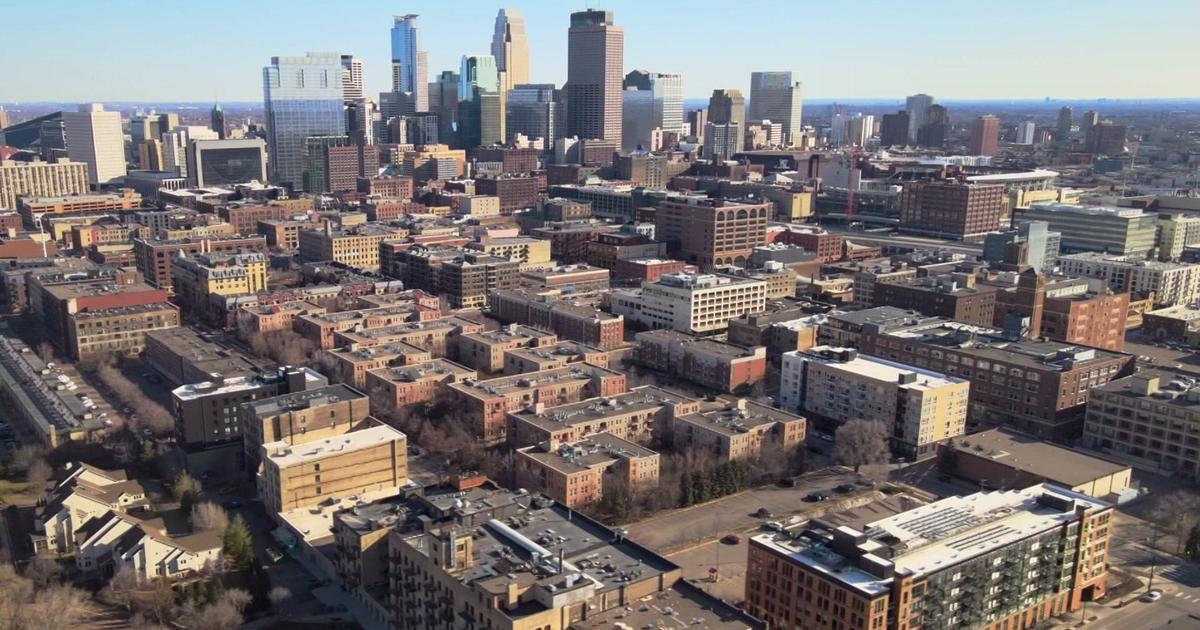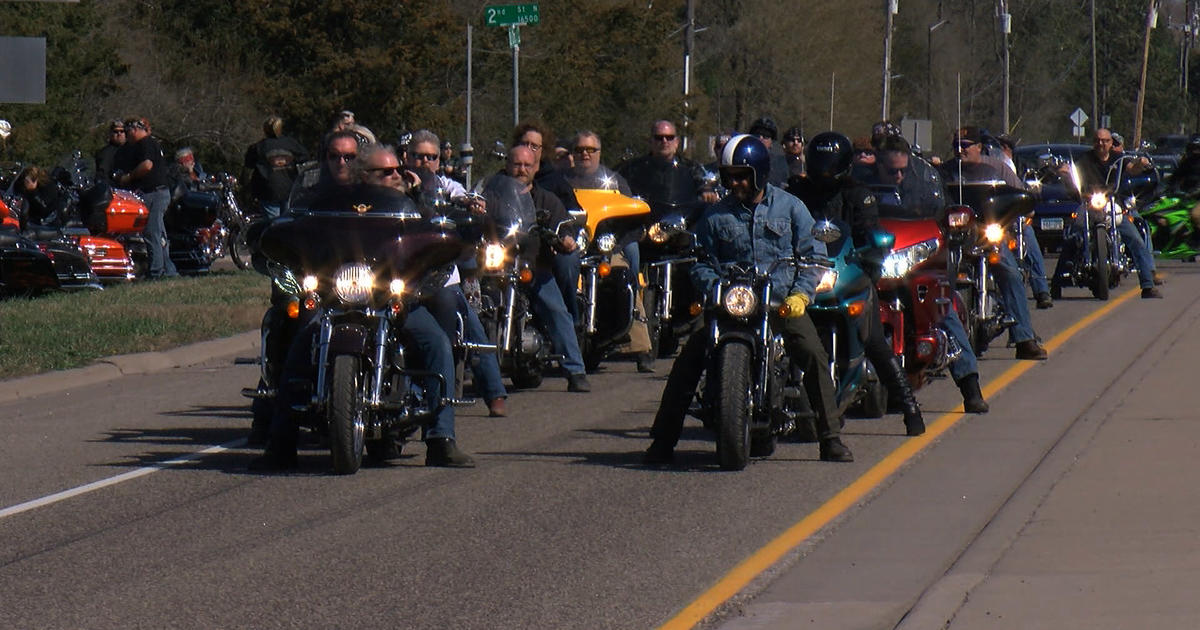LRT Line Between Twin Cities Opens June 14
MINNEAPOLIS (WCCO) -- We now know the date for when the Metro Transit Green Line will open between Minneapolis and St. Paul.
Officials announced Wednesday that starting June 14, thousands of Minnesotans will be able to ride on Light Rail Trains between the two downtowns.
The METRO Green Line, also known as the Central Corridor Light RaiI Line, will follow University Avenue and include stops at the State Capitol and the University of Minnesota. Riders can also connect to the METRO Blue Line in Minneapolis.
That Hiawatha Light Rail Line runs from downtown to the Mall of America in Bloomington. The announcement was made Wednesday morning by officials at the St. Paul Union Depot.
Construction on the project began in 2010, but the idea of a fast rail transit system between the Twin Cities has been floating around since the 1970s. Officials said the hope is this will save on travel costs and commute time for passengers.
This area's second light rail will run about 11 miles long and was built at a cost of about $957 million. The Green Line will have 18 new stations, plus five it shares with the Blue Line.
Passengers will be able to use 47 new light rail transit vehicles, each with 66 seats and comfortable standing room for an additional 70 people. Trains will operate every 10 minutes during peak travel periods, with a travel time of 39 minutes between downtown St. Paul and downtown Minneapolis.
Saturday, June 14, it'll kick off with free rides and day‐long community celebrations. Metro area officials said it will help surrounding businesses in areas, too.
"We've chosen neighborhoods specifically that can actually accommodate all the interest and excitement and avoid the neighborhoods unfortunately that there isn't really land available to take the enthusiasm, excitement and partying that we really want to be able to do at each of those lines along the way," said Polly Talen with the Green Line Committee.
The project is 98 percent complete. Officials said by By 2030, 40,000 people a day should be boarding this system.
So where did the $975 million come from to pay for the project? Officials said about half was from federal government, while the state and counties it serves paid for the rest.



